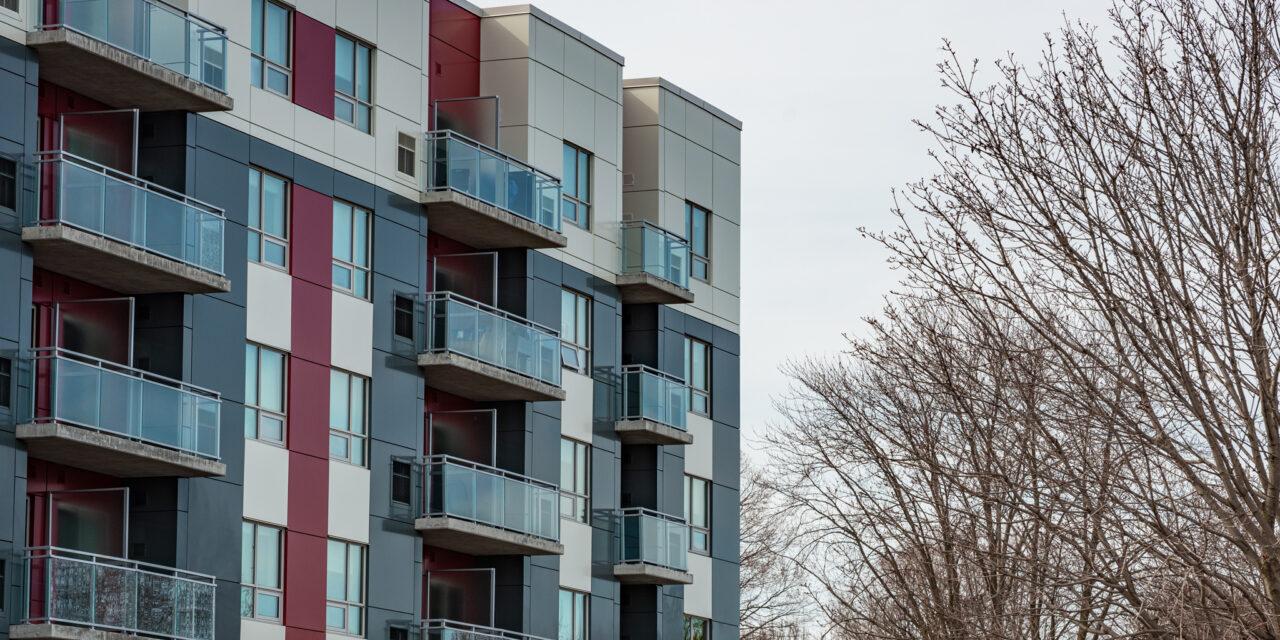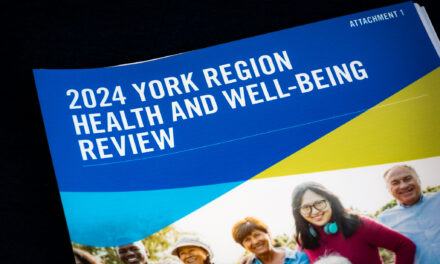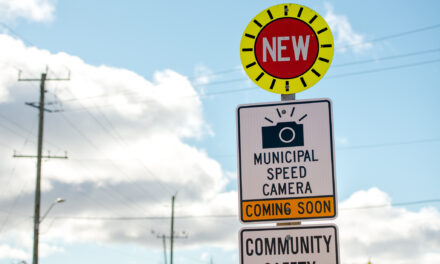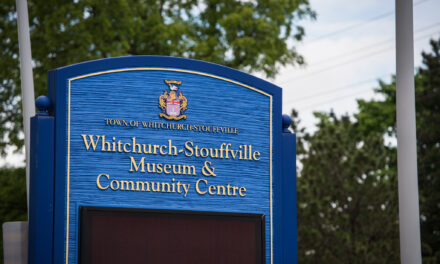- Stouffville is projected to add 16,710 new residential units by 2051, with 4,662 intended to be affordable.
- Despite this goal, no affordable ownership units and only six rental units were built in 2023.
- The average home price in Stouffville last year was $1.36 million, far exceeding affordability thresholds set by the Town and York Region.
- A lack of affordable housing is contributing to housing and rental market strain, as well as broader economic concerns.
- The Town and Region are considering financial incentives and inclusionary zoning to support affordable housing development.
- Experts warn the affordability crisis will persist without increased supply, particularly purpose built rentals.
With a crane looming over Main Street and new subdivisions rapidly taking shape, growth has become a defining feature of the local landscape. Yet amid targets, plans, and policy updates, many in the community continue to question whether housing in Stouffville is truly becoming more accessible—or simply more abundant.
Between 2021 and 2051, Stouffville will accommodate its growing population through the delivery of an estimated 16,710 new residential units. Of that total, the Town hopes 4,662 units will be deemed affordable.
“Historically, new housing in the town has been single detached dwellings that come with a higher price point,” Stouffville 2024 Housing Indicators Annual Monitoring Report states. “The Town is beginning to see a shift to a broader mix of housing types, however, low affordability rates continue to persist.”
For ownership housing, both Stouffville’s New Official Plan and York Region define affordability as housing for which the purchase price results in annual accommodation costs not exceeding 30% of household income for low- and moderate-income earners
Annual accommodation costs include mortgage payments, mortgage insurance, and property taxes. According to York Region’s 2023 averages, moderate household income was defined as no greater than $155,535.
Under the 30% threshold, homes priced at $536,706 or less in 2023 were considered affordable across York Region. Because Stouffville’s average household income is higher than the Regional average, the Town’s affordable ownership threshold was set at $575,532.
Last year’s average purchase price for a home in Stouffville was $1,364,807, representing a 0.2% increase over 2023. Unsurprisingly, Regional affordable housing targets have not been met since 2017, placing further strain on the rental market.
A rental unit is considered affordable if the rent is equal to or less than 125% of the average market rent for units with the same number of bedrooms in the local area. When tracking affordability, “all rental units are considered affordable due to data limitations of rents charged on new units,” the Monitoring Report explains.
In the Aurora–Newmarket–Whitchurch-Stouffville region, the 2024 average rent for a one-bedroom apartment was $1,588. The average rent for a two-bedroom unit was $1,897, and $2,278 for a three-bedroom. The rental vacancy rate stood at 2.4 per cent, falling below the “healthy” target of 3% but improving over recent years.
By these definitions, no affordable ownership units were constructed in Stouffville throughout 2023, and only six rental units were added.
“The provision of affordable housing, both rental and ownership, is a significant challenge in the Town,” the report states. “Both the Regional and Provincial definition of an affordable unit is much lower than the average resale purchase price in Town, demonstrating that housing prices remain largely unaffordable.”
“Without purpose built rentals, we can’t even start dealing with the affordability crisis,” said Benjamin Tal, Deputy Chief Economist at CIBC World Markets, during a presentation to York Regional Council this week. “Developers are not building because they cannot make money… Therefore, we have to provide incentives.”
Stouffville hopes to see 1,750 purpose built rental units constructed between 2021 and 2051. Financial and non-financial incentives are being explored by both the Town and Region to encourage the delivery of more affordable housing.
Town Staff are also developing an inclusionary zoning policy for lands surrounding the Stouffville and Old Elm GO stations. The new zoning will require a percentage of affordable units to be included in future developments, ensuring “affordable housing options are available to residents of all income levels to support housing diversity and inclusivity,” the Monitoring Report notes.
The implications go beyond prospective renters and homebuyers. “Limited housing supply and affordable options have been identified as two of the most impactful issues constraining business growth and Regional economic investment,” a York Region report explains.
“We need to encourage supply,” Tal added. “This crisis will continue to be with us if we don’t increase supply now.”





